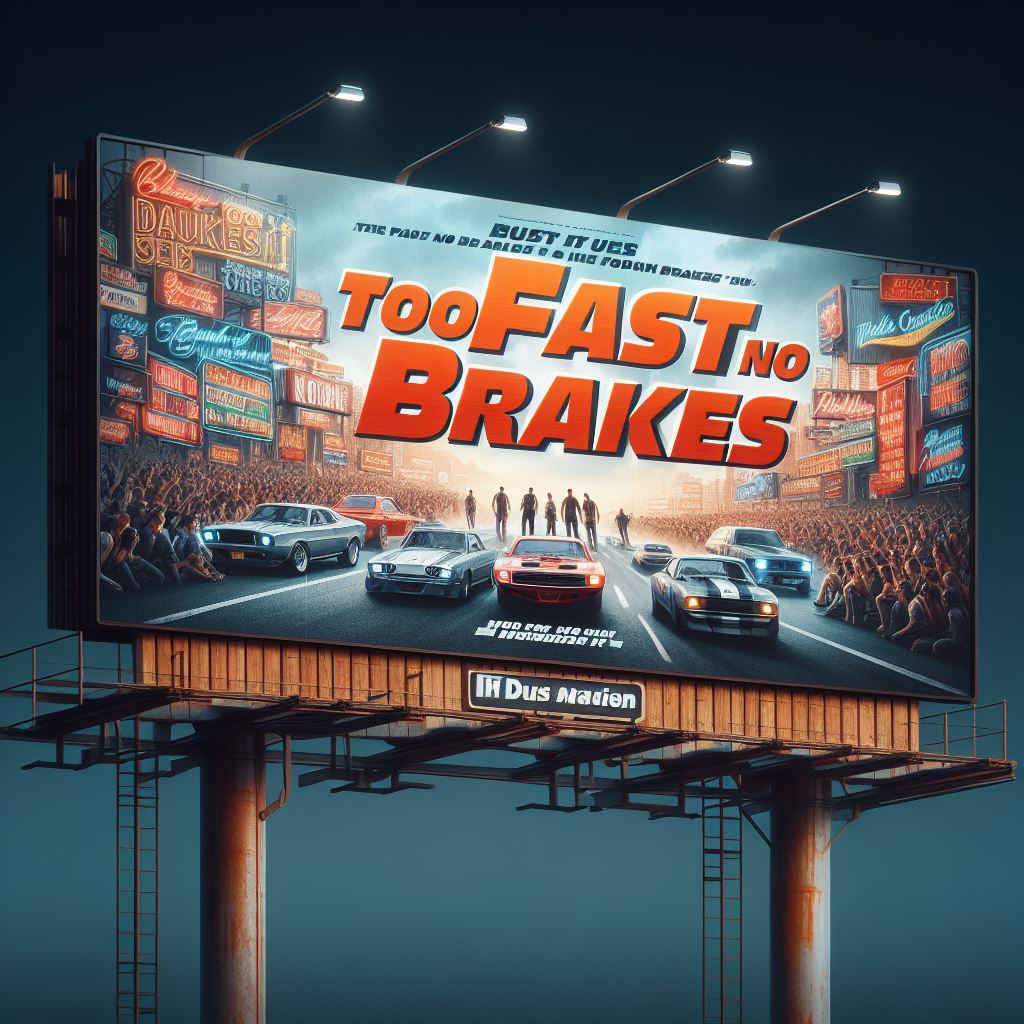In the realm of television and movies, the adage “content is king” is often cited to emphasize the paramount importance of programming in attracting and retaining audiences. Indeed, content typically accounts for approximately two-thirds of the overall expenses for a television channel, underscoring its critical role in the industry. However, the emergence of Free Ad-Supported Streaming TV (FAST) channels has introduced new dynamics that have led to concerns about the treatment and valuation of content within this ecosystem.
The FAST Channel Ecosystem: A Double-Edged Sword
FAST channels represent a modern twist on traditional television, offering a blend of curated content, advertising, and technology. They are designed to provide a free, ad-supported viewing experience, often with a focus on niche audiences. While this model has democratized access to content, it has also given rise to challenges, particularly in terms of revenue distribution and content quality.
Tech Companies: Gatekeepers of the New Age
Tech companies have swiftly positioned themselves as gatekeepers within the FAST channel ecosystem. By leveraging their technological infrastructure and user data, they have gained significant control over content distribution and monetization. This has led to a situation where tech companies can demand preferential payments, often earning disproportionately higher revenues compared to the effort and investment required from content creators.
The Struggle for Content Creators
For content creators, the FAST model presents a precarious financial landscape. The pressure to reduce costs to fit into the FAST framework has resulted in a compromise on production values. This, in turn, threatens the viability of content creation, as the reduced investment can stifle creativity and diversity, potentially leading to a homogenized and less engaging viewing experience.
Audience Discontent: Expectations vs. Reality
Audiences, accustomed to the high-quality standards set by traditional cable television, have expressed dissatisfaction with the varying quality of FAST channels. The streaming of content over the public internet, coupled with cost-cutting measures, has often led to a noticeable deterioration in quality. Viewers are left wondering why their experience doesn’t match their expectations, unaware of the financial constraints that content and channel operators face in the FAST model.
Conclusion: The Need for Equilibrium
The FAST channel ecosystem, while innovative, requires a careful balance to ensure the sustainability of content creation and the satisfaction of audiences. It is imperative for industry stakeholders to collaborate in establishing fair revenue-sharing models and maintaining quality standards that honor the value of content. Only then can the FAST channels truly complement, rather than seek to replace, traditional cable television, and thrive as a legitimate and respected medium in the ever-evolving landscape of TV and film.

Discover more from Rathergood TV
Subscribe to get the latest posts to your email.

